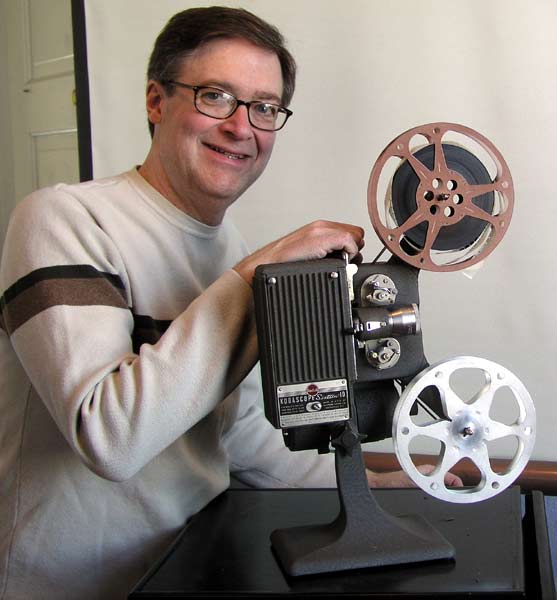Three Needed Photo Inventions
Number One: Digital for your classic camera. I'm sure we have the technology, we just need to convince someone there is a market. Imagine being able to pick your trusty Leica, Nikon rangefinder, heck even your Argus C3, and go off shooting digital photos! It just seem to me that in this day of full frame 35mm sensors that someone could make a device that would fit in a typical 35mm standard camera. I don't know all the mechanics of how a sensor works but I suspect that it is possible to place a full size sensor in the spot where the film lies in a typical full frame 35mm camera. Most cameras I know have quite a bit of spring-loaded pressure plate space between the back of the camera and the film plane, and they all have the same amount of space where a normal 35mm cassette would go. The electronics, battery, etc go in the cassette area, the sensor hangs out like a film flap. Drop it in. The sensor "flap" could be designed to slide in and out of the electronics cassette to facilitate cameras that have different spacing between the cassette chamber and the film frame opening. You even have the possibility for some control of mechanical switching in the device with the rewind knob -- two taps to the left for on, one tap for off, etc. I should think this would be a big seller to classic camera fans. It would be just like shooting film, as you'd have to choose your ISO when you load and wouldn't see the photos till you download them from the device since your Minolta rangefinder won't have an LCD on the back. I suppose it will never be developed since if we can shoot digital with the millions of existing cameras sitting in closets, why would we buy some new fangled digital camera, so it's probably counter productive to todays manufacturers. But still I dream. Same idea could be applied to vintage 2 1/4 TLR's, etc.
Number 2. A simple device for the consumer/photographer to put digital images onto traditional slide film. Why would you want to do this, you may ask. I can think of many reasons. You want to give a slide show to a large group of people. To do this the modern way, you would need a laptop and a computer projector. A couple grand investment at the very least, which will give you crummy images on the screen, and greatly limit the size of the room you can work. Plus you'll have to wrestle with a computer, all the associated cords, and all the rest of potential problems. You probably already have a slide projector in your closet. If not, buy one on eBay for about eight dollars. Remember the good ol' days when you could simply plop the Kodak Carousel projector on the stand, flip the switch and put bright, clear, amazing Kodakchrome slides on the screen? Wouldn't it be nice if you could have in your desk drawer a device that would let you load up the slide film of your choice, plug into your computer, pull up the images of your choice, press a shutter button, and put that image on real slide film? A full frame size high resolution LCD screen with a fixed lens and shutter arrangement should do the job. Make your own slides from digital for presentations. Compare the image on the screen from even a cheap department store slide projector to that of a decent expensive modern computer projector and you'll be amazed at the vintage machines brightness and clarity. The other good reason is the chance to archive your images on the most stable and versatile medium we've ever come up with. I've got Kodachromes around here from the 1940's that are still crisp and clear and colorful. I've got floppies with images put on them at a lab 10 years ago that no one can figure out how to access!
Finally the BIG NUMBER THREE: A digital camera with traditional camera controls. You know, with a shutter speed dial on top, a real lens aperture ring on the lens, real focusing, a film speed dial, and all the rest, the way it was for 75 years. OK, sure, they DID do this with the Panasonic Lumix DMC-L. This camera looked like a real camera should look, with traditional controls and everything. But it was expensive and sadly the reviews were not that good in the image and useability department. It was an SLR with a lot of shutter lag, slow flash recycling, slow live view, and a few other drawbacks. but it was a step in the right direction. I don't know about you, but after 40 years of shooting with traditional cameras the whole menu driven method of camera control still doesn't sit well with me. Lets get someone else out there to bring us some digital cameras with normal controls. All the other goodies they slop into a camera these days can be in the menus for those who want to diddle with them -- things like white balance, special modes, flash modes, all that beyond the basics stuff, and let us have cameras where the basic controls are right there, connected to real knobs! Of course, if someone comes thru with Number One we won't really be needing this one I guess.
There you have it, manufacturers and developers. I challenge ye.
Labels: Digital Photography Slides Projectors Cameras Traditional Old School Film


0 Comments:
Post a Comment
<< Home